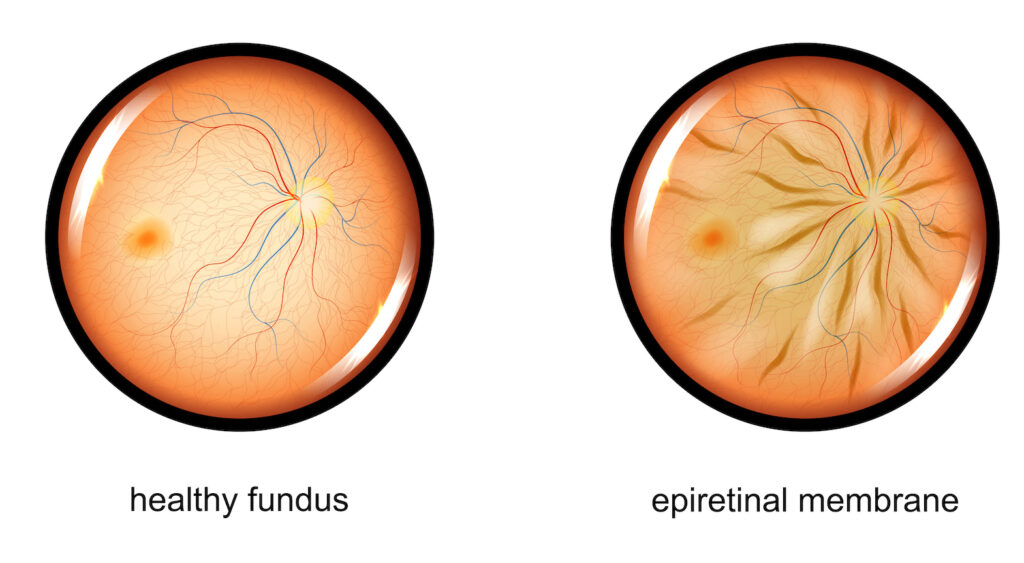Macular Pucker
Macular Pucker
Macular pucker, also known as epiretinal membrane or cellophane maculopathy, is a condition that affects the macula, the central part of the retina responsible for clear, detailed vision. When scar tissue forms on the surface of the macula, it can cause the tissue to wrinkle or pucker, leading to vision problems.

Causes of Macular Pucker
The exact cause of macular pucker is often related to aging. As we grow older, the vitreous gel inside the eye starts to shrink and pull away from the retina. During this process, the formation of scar tissue can occur on the surface of the macula. Other factors that may contribute to macular pucker include eye conditions like retinal detachment or inflammation, trauma to the eye, and certain medical conditions like diabetes.
Symptoms of Macular Pucker
The symptoms of macular pucker can vary from person to person. Some individuals may experience mild vision distortion or blurriness, while others may have more significant visual symptoms. Common signs include blurry or hazy central vision, straight lines appearing wavy or distorted, and difficulty seeing fine details. In most cases, peripheral vision remains unaffected.
Diagnosing Macular Pucker
If you notice any changes in your vision, it is important to schedule an appointment with an eye care professional. They will conduct a comprehensive eye exam to evaluate your vision and assess the health of your retina. This may involve dilating your pupils to get a better view of the macula. Imaging tests such as optical coherence tomography (OCT) can provide detailed images of the macula and help confirm the presence of macular pucker.

Treatment Options
In mild cases, where the vision is not significantly affected, no treatment may be required. However, if the symptoms are bothersome or vision loss is affecting daily activities, your eye care professional may recommend surgery to improve your vision.
Vitrectomy is a common surgical procedure used to treat macular pucker. During this surgery, the vitreous gel is removed from the eye to allow for the removal of the scar tissue causing the macular pucker. Following the removal, the eye is usually filled with a gas bubble or silicone oil to help the retina heal properly. Over time, the gas bubble or silicone oil is naturally absorbed or removed.
Recovery and Outlook
Recovery time after macular pucker surgery can vary from person to person. It may take several weeks or months for your vision to improve. During the recovery period, you may be advised to avoid certain activities, such as heavy lifting or strenuous exercise, to prevent complications. Your eye care professional will provide specific instructions and follow-up appointments to monitor your progress.
While macular pucker cannot always be prevented, regular eye exams can help detect any changes in your retina early on. If you notice any changes in your vision or have concerns, it is important to consult an eye care professional promptly. With timely diagnosis and appropriate treatment, many individuals experience significant improvement in their vision and quality of life.
